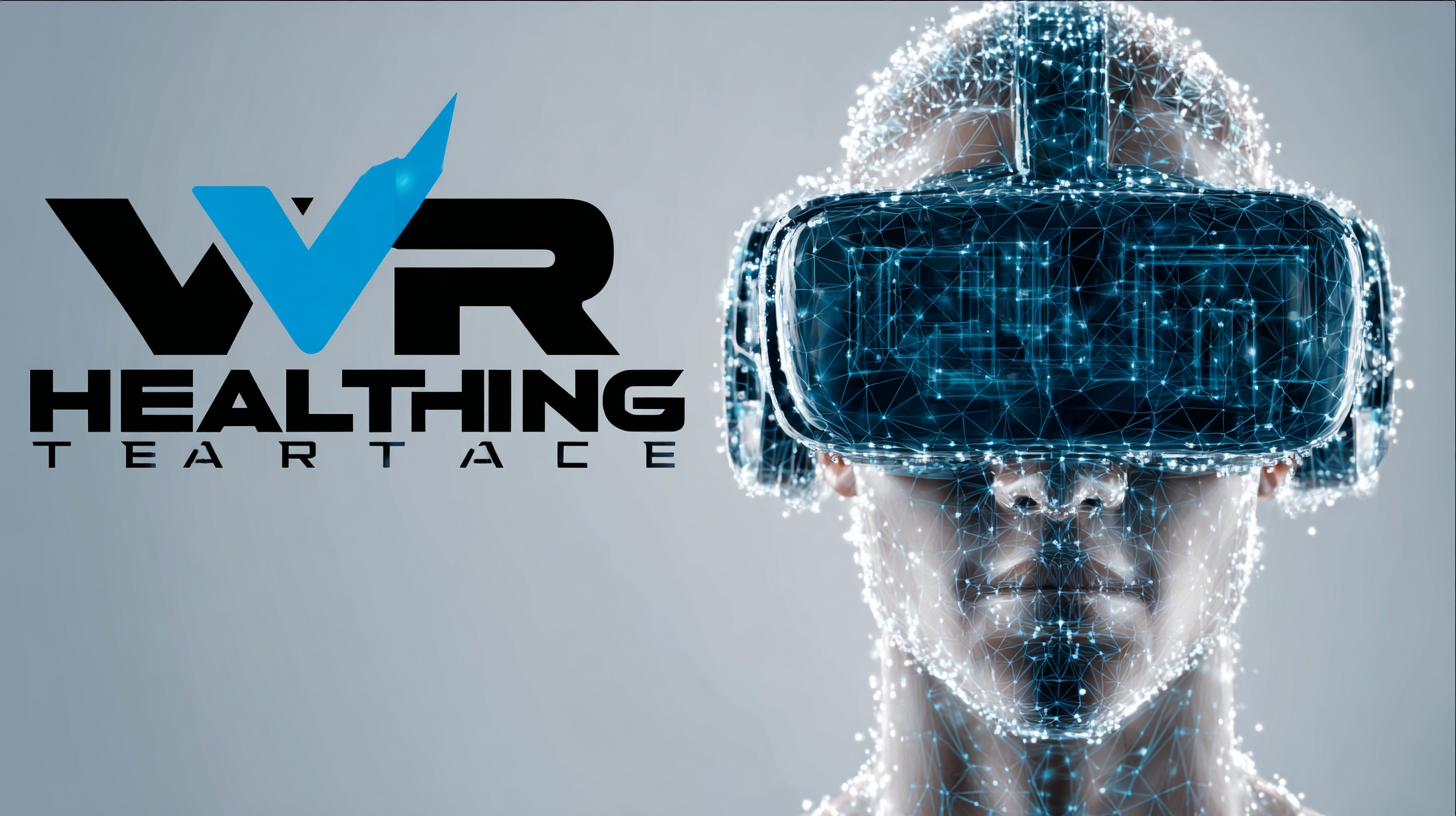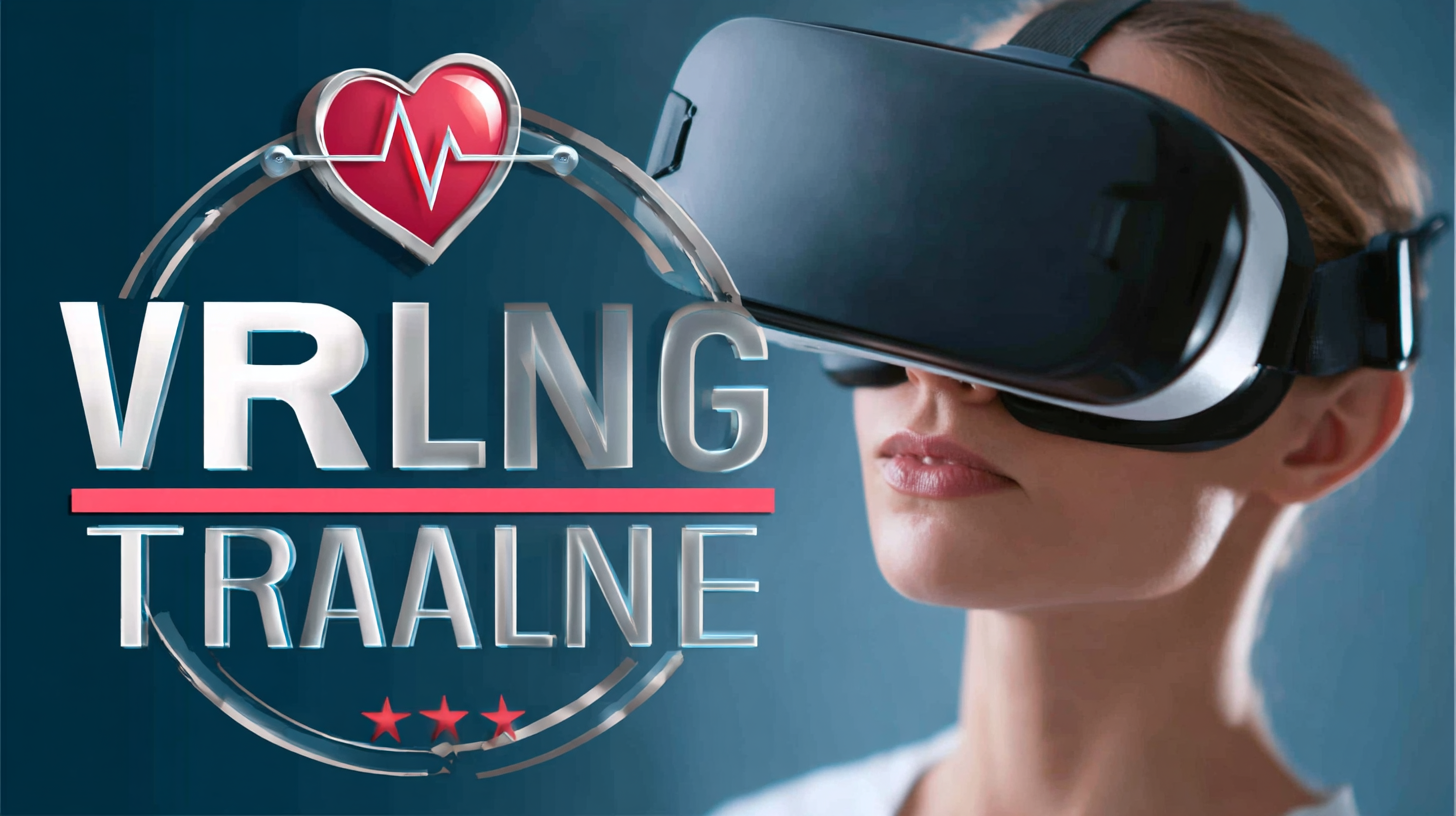In the rapidly evolving landscape of healthcare, effective training methods are essential for ensuring that professionals are well-prepared to deliver high-quality patient care. One of the most promising advancements in this field is VR training in healthcare, which offers immersive, scenario-based learning experiences that significantly enhance knowledge retention and skill acquisition. However, as healthcare organizations strive to maximize their return on investment, it's critical to focus not only on the initial implementation of VR technologies but also on optimizing after sales support and maintenance savings. This blog will explore practical strategies for managing the ongoing costs associated with VR training in healthcare, ensuring that organizations can not only provide top-tier training programs but also sustain them efficiently over time. By addressing the nuances of maintenance and support, we aim to empower healthcare providers to make informed decisions that enhance training efficacy while optimizing resources in a budget-conscious environment.

Virtual reality (VR) technology is revolutionizing healthcare training by offering immersive, outcome-based simulation tools that enhance learning and retention among healthcare professionals. Institutions are increasingly adopting VR to meet the evolving educational needs of medical practitioners. For instance, the recent partnership between a prominent healthcare organization and a VR simulation provider aims to deliver training that mirrors real-life scenarios, equipping healthcare workers with the skills necessary for optimal patient care. These innovative training environments improve clinical competencies and directly target the complex challenges faced in healthcare settings.
Furthermore, the impact of VR extends beyond just surgical training, as it addresses various training needs in different medical contexts. For example, VR is being utilized to prepare professionals for emergency procedures, such as managing pediatric tracheostomy complications, through simulated experiences that closely replicate real-world situations. As healthcare continues to embrace advanced technologies, institutions like the Yale Center for Healthcare Simulation are leading the charge by incorporating VR platforms to refine their training methodologies and improve overall health outcomes. This transformation highlights the critical role of VR in preparing healthcare professionals not just technically, but also in fostering the confidence necessary to excel in high-stakes environments.
| Training Module | Average Cost Savings (%) | Improvement in Retention (%) | Reduction in Training Time (%) | User Satisfaction Score (out of 10) |
|---|---|---|---|---|
| Basic Patient Care | 25% | 85% | 30% | 9.2 |
| Advanced Surgical Techniques | 30% | 90% | 20% | 9.5 |
| Emergency Response Training | 20% | 80% | 35% | 8.8 |
| Patient Communication Skills | 15% | 75% | 25% | 8.5 |
| Infection Control Procedures | 28% | 88% | 18% | 9.0 |
In today’s rapidly evolving healthcare landscape, virtual reality (VR) training systems have emerged as powerful tools for skill development and patient care preparedness. However, to fully leverage their benefits, it's crucial to identify and address common maintenance issues that can hinder their effectiveness. According to a recent report by the International Data Corporation (IDC), nearly 30% of VR training systems experience technical issues that disrupt learning experiences, leading to significant downtime and resource wastage.

One prevalent maintenance challenge involves software updates and compatibility issues. As VR technology continuously advances, many healthcare institutions grapple with outdated software, which often results in crashes or suboptimal performance. A study by Research and Markets highlighted that organizations investing in regular software maintenance reported up to 40% reduction in training interruptions, enhancing both and learning outcomes.
Furthermore, hardware malfunctions and poor connectivity are also critical barriers to effective VR training. A survey conducted by the VR/AR Association indicates that nearly 25% of healthcare professionals cited hardware issues, such as headset failures or sensor inaccuracies, as major disruptions in their training programs. Addressing these common problems through proactive maintenance strategies can maximize ROI and ensure that VR training remains a robust solution in healthcare education.
Investing in virtual reality (VR) training for healthcare is not just about enhancing learning experiences; it's also a strategic move to achieve long-term savings. A comprehensive cost-benefit analysis highlights that while the initial investment may be significant, the potential for reduced after-sales support and maintenance costs can lead to substantial financial benefits over time. By minimizing the need for physical training materials and resources, healthcare facilities can allocate their budgets more efficiently.
To maximize these savings, consider implementing VR training as a core component of ongoing education programs. This not only strengthens the skills of the workforce but also reduces the frequency of costly refresher courses. Furthermore, developing a maintenance schedule for VR equipment ensures minimal downtime, ultimately leading to improved productivity and enhanced patient care.
Tip: Regularly evaluate the effectiveness of your VR training programs. Gathering feedback from participants can help you refine your approach, making the training more relevant and impactful, which translates into consistent performance improvements within your team.
Virtual Reality (VR) training in healthcare has been gaining traction, as evidenced by several real-world case studies showcasing its effective implementation. According to a 2021 report by the Medical Education Technologies, Inc., VR training can reduce training costs by up to 30% while significantly enhancing knowledge retention among healthcare professionals. For instance, a notable case involved a leading hospital network that integrated VR simulations into its surgical training programs. This resulted in a 50% decrease in training duration and improved surgical precision among trainees, demonstrating the technology's ability to optimize workflows and cut costs.
Another compelling example comes from a healthcare training provider that utilized VR to prepare nursing staff for emergency situations. The implementation of this immersive training method led to a reported 40% increase in response accuracy during actual emergencies. A study published by the Journal of Medical Internet Research indicated that 85% of participants felt more confident in their skills after completing the VR training program compared to traditional methods. These case studies not only underline the effectiveness of VR in enhancing training outcomes but also highlight the potential it holds for maximizing after sales support and maintenance savings in the healthcare sector.
In the rapidly evolving landscape of healthcare training, optimizing after sales support in Virtual Reality (VR) solutions has become crucial. As healthcare organizations adopt advanced VR technologies, finance leaders need to ensure that training programs not only deliver on educational objectives but also maximize cost-efficiency. Leveraging emerging technologies—such as artificial intelligence and the Industrial Internet of Things—can significantly streamline support services, allowing for real-time feedback and data-driven decision-making. This strategic integration enhances the learning experience while reducing operational costs.
One effective strategy in this optimization is the implementation of customer-centric support services. By personalizing the experience for healthcare professionals, training providers can ensure that support is tailored to specific needs, thus increasing user satisfaction and engagement. Utilizing analytics to understand user behavior allows organizations to anticipate issues and respond proactively, minimizing downtime and maximizing the benefits of the training solution. As the healthcare sector continues to embrace innovative technologies, prioritizing after sales support will be key to sustaining the effectiveness and reliability of VR training solutions.

